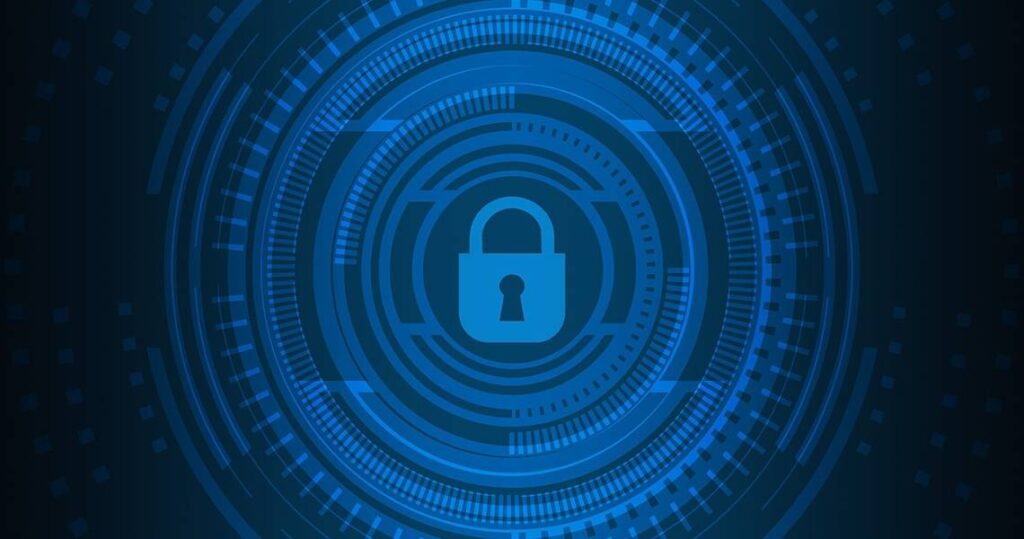October is National Cybersecurity Awareness Month. To close out the month, Brave River is publishing a multi-part blog-posts post to educate our customers on cybersecurity threats and prevention.
What do hackers want?
In our rapidly evolving technological age, cyberattacks and security compromises make the news almost daily.
Understanding what criminal hackers are looking for is the first step in preventing you or your company from becoming a cyberattack victim.
In this two-part blog-posts series, we’ll help you understand what hackers do, how they do it, and how you can protect yourself from malware infection.
Cyber Attacks on Private Users:
The motives for targeting ordinary citizens are usually quite simple: to steal personal information for profit or blackmail.
A theft of a social security number allows a hacker to assume the owner’s identity. Identity thieves can then use your number to apply for credit in your name. The biggest red flag for identity theft is being turned down for credit or receiving bills for cards you never signed-up for, or items you never bought.
Individual attackers are usually after passwords to obtain bank account information but can also take the opportunity to make money by setting up fake e-commerce sites, using your accounts to send out emails with malware attached, or even to sell stocks owned in your name. The second you suspect your computer has been compromised, it is safest to contact an IT Security professional to assess the damage and help you heighten your personal security.
Even just getting access to your computer is beneficial to hackers. Whether by stealing the physical unit itself, or simply by gaining remote access, a hacker can use your computer as a server to host chats with other hackers, download viruses to your system, or use your computer as storage for illicit material such as stolen software, music, and other programs. Furthermore, they can invite other hackers to your computer to download these materials while hiding behind your IP address, essentially making you an unwilling accomplice. Never allow anyone you don’t know or did not seek out to remotely access your computer; even if they are posing as online tech support. Unless you contacted them first, it’s likely to be scam.
Cyber Attacks on Businesses:
Attacking an established company is trickier, but common nonetheless. Experienced hackers are infiltrating servers to render websites useless or steal intellectual property—essentially spying on your business.
Of course, the motives for private attacks also extend to businesses; bank information from companies are actually more susceptible to theft, according to Stuart Gerson, former acting U.S attorney general and shareholder at Washington Law Firm Becker & Green.
“They’re interested in getting into business accounts where there are big bucks,” says Gerson. “They can transfer hundreds of thousands or millions of dollars, and that looks normal because that’s what businesses do.”
So what is there to gain by hacking into servers and trying to steal company secrets?
It depends greatly on the people involved. Some hackers simply like the challenge or want the bragging rights of hacking into a large company (particularly if they claim to be highly secured, such as IT businesses). Others, like the hackers in the Ashley Madison case, have moral reasons for publicly exposing data. Some hackers are even out to vandalize websites for political, personal, or vengeful reasons. The nature of these attacks are usually done under the radar, so chances are your business will not be able to realize it’s being attacked until it’s too late.
This is why prevention is stressed in Cybersecurity. Understanding a hacker’s reasons and methods is one of many steps to securing yourself and your company.
Learn to recognize the threats
Now that we know who gets attacked by cybercriminals and why, it’s time to understand how they do it, so future attacks can be recognized and thwarted.
Here are some of the most popular ways hackers get your information, and how these common types of malicious software (malware) have flourished in the past:
Viruses
A virus is the most common type of attack. Its main goal is to spread itself further into other systems, and then destroy or corrupt its host. They are typically spread through internet downloads, email attachments, and are found on the Web as suspicious ads (called “adware”).
Social media may also be used by hackers to infect others – getting users to click on their ads by pretending to be trusted friends and family. There are numerous ways to mask viruses across the web, but they all involve getting users to click on a link or download an attachment. Be cautious, and don’t download things from sources you’re unfamiliar with.
Worms
Similar to viruses, worms also aim to spread as widely as possible. Worms will consume resources quietly until it forces the system to cease functioning from overloading. This is the tactic most commonly used for spying, as worms are built for feeding on data over time. Unlike a computer virus, a worm can use a network to spread itself without the need of an existing program. They primarily find a security vulnerability to get in.
One of the most notable cyber worms was known as Conflicker, which replicated itself in roughly 6-7 million computers through a Microsoft operating flaw in 2008.
Trojans
Trojans are programs disguised as something else. Users get tricked into downloading it because they don’t realize it’s a Trojan until their system is compromised or their personal information is stolen. Unlike worms and viruses, Trojans do not replicate themselves but are spread through opening email attachments. They may cause an attack known as Distributed Denial of Service (DDoS) in order to crash networks or transform a system into becoming a hacker’s accomplice.
ZeuS was a notable Trojan spread in 2007 that logged keystrokes to steal passwords; its creator made an estimated $100 million by 2010.
Ransomware
Often the result of a Trojan, Ransomware is software that encrypts your files and holds them hostage until a fee is paid, and even then may continue to lock a user out of their system indefinitely even upon being given money. It is spread typically by pretending to be legitimate software updates for programs like Adobe Acrobat, Java, and Flash Player and will pop-up while a user is browsing a site.
What should you do if you discover that you’ve been attacked? Stay tuned for our next blog-posts post about dealing with an infected computer!




